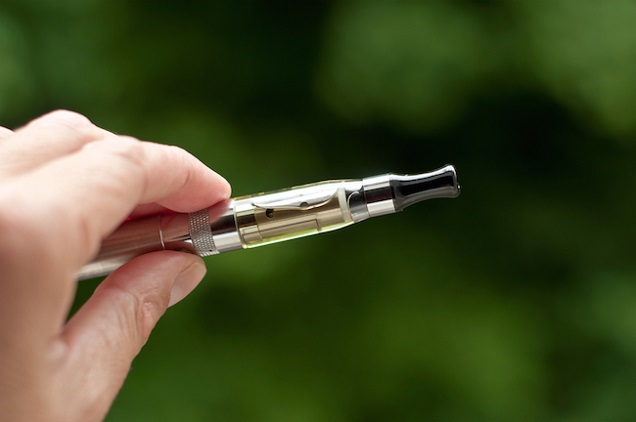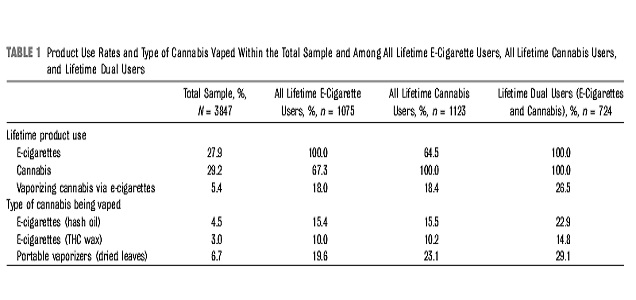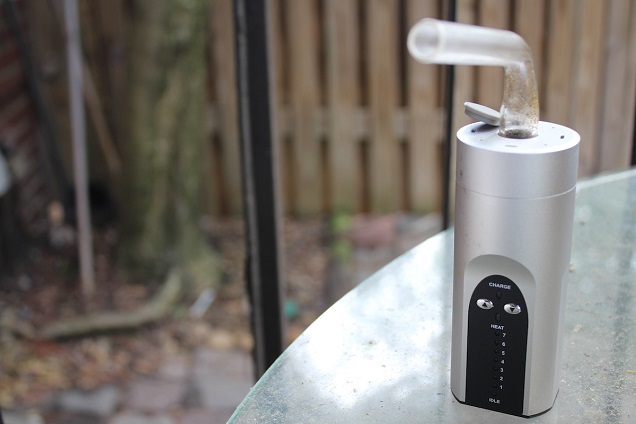
It should come as a surprise to precisely nobody that a recent study found that teenagers are using e-cigarettes to vape pot. The headline finding is that almost one in five teens who’d tried vaping e-liquid had also tried vaping marijuana, but – as always – such an opportunity couldn’t be allowed to pass by without attempting to blame e-cigarettes for what happened. The authors point out that more research is needed to investigate the idea that e-cigarettes might be a gateway to marijuana, but Reuters didn’t hold back:
“The paper […] raises concerns that the rising popularity of e-cigarettes may encourage teens to use the devices to vaporize cannabis, potentially exposing them to higher concentrations of tetrahydrocannabinol or THC, the main psychoactive ingredient in marijuana.”
So, are e-cigarettes a “gateway” to marijuana now? Well, that depends: are you interested in taking a rational look at the evidence, or do you just like claiming that e-cigarettes are a gateway to various things, regardless of evidence?
The Study – Are Teens Vaping Pot?
The study (which you can read in full for free) had a pretty simple aim: although there have been reports of teens vaporizing marijuana, there isn’t any data on how common it is, so this study set out to fill that gap in the research. To do this, they conducted surveys at five high schools in Connecticut – with a total sample of 3,847 students – looking at how many students (with an average age of 16) had ever vaped, how many had ever smoked pot and how many had vaped pot.
The findings present very little reason to be concerned about teens using e-cigarettes to vaporize marijuana, and even less evidence of a gateway. Over 29 percent of the teens had used marijuana, almost 28 percent had used e-cigarettes (meaning ever having tried them), and just 5.4 had vaporized marijuana. Any concern should obviously be directed at the fact a large percentage of students had smoked marijuana. Of all the teens who’d used marijuana, only 18.4 percent had vaporized it, leaving over 80 percent choosing to set fire to plant matter and inhale the resulting carcinogen-laden smoke.

Of all of those who’d tried vaping, over two-thirds had tried marijuana – another indication that teens who experiment with one substance are more likely to experiment with other stuff, too – and 18 percent had vaporized marijuana in some form. Unsurprisingly, those who’d vaped and tried marijuana were the most likely to have put the two together, with 26.5 percent of these teens having vaped pot.
For the whole sample, the most common method of vaping marijuana was to use dried leaves, which you cannot do in an ordinary e-cigarette: it requires specifically-designed, temperature-controlled devices. Although hash oil and wax weren’t too far behind dried leaves in terms of popularity, it’s clear that e-cigarettes designed for e-liquid aren’t the primary way teens are vaping pot.

Based on some evidence from 2010, the authors say that the teens in this study were 27 times more likely to vaporize marijuana than adults (just 0.2 percent of adults had done so in 2010), but with the rise in popularity of vaping in the last five years it’s unlikely that this extreme number would hold for more recent data.
Gateway or Harm Reduction? The Good News Hiding Behind Unfounded Concerns
The inevitable suggestion from the authors comes in the discussion section. “Future research is needed to determine whether e-cigarette use may serve as a gateway to cannabis use,” they write, but they also rightfully point out that it’s possible teens are moving in the other direction, from smoking pot to vaping it. They also point out that since this study is cross-sectional – meaning it only looks at a single point in time – it is incapable of determining which direction the teens are moving in.
However, in this case the “gateway” argument falls flat at the first hurdle: why would vaping e-liquid make somebody decide to try pot? What would be the logic in such a progression?
You can make the argument – for the hypothesized gateway from e-cigs to traditional smoking – that a never-smoking vaper might progress to smoking to get a more efficient dose of nicotine, but for going from e-cigs to marijuana, there is no such plausible explanation. Nicotine seems about as likely to make you want to try marijuana as marijuana is to make you want to try cocaine. The substances are so different there is really just one explanation as to why some teens try both: they want to try substances out in general. One doesn’t “cause” them to use other: they’re just experimenting.
With that in mind, it seems likely that the teens in this study are just reducing their harm by vaping marijuana instead of smoking it. Although evidence is limited on the risks of vaporizing marijuana, the premise is much the same for as e-cigarettes: most of the risk comes from combustion products, so if you remove the combustion, the risks will dramatically decrease. The evidence to date suggests that this is likely to be the case.
So what does this study really show? It seems to suggest that the rise in e-cigarette use is leading more of those who smoke (or would have smoked) marijuana to vape it instead. If there’s anything to be worried about, it isn’t the role of e-cigarettes, and it isn’t really even vaping marijuana, it’s the large numbers of teens who still smoke marijuana when there are ways to consume it that are likely to be a lot safer.
Conclusion – Recognizing Good News When You See It
Unsurprisingly, the harm reduction aspect of this story has been completely lost in the reporting. The reality appears to be that the rise in vaping is being accompanied by switching from all forms of smoking to vaporizing. It might suit the party line to paint e-cigarettes as “drug-delivery devices” by pointing out that many teen vapers have used e-cigarettes to vape hash oil, but in reality, the story is that e-cigarettes and marijuana vaporizers are encouraging more of those at risk – both adults and teens – to take steps to reduce the harm associated with their habits. We might not want teens to consume pot in any form, but if they’re going to do it (which they obviously are): they’d be much better off vaping than smoking.

